Funding and Partners
Background
G-ADOPT — the Geoscientific ADjoint Optimisation PlaTform — was launched under the Australian Research Data Commons (ARDC) 2020 Platforms Program, an initiative designed to transform the way research is conducted across disciplines through world-class digital research infrastructure.
Originally conceived as the Geodynamic ADjoint Optimisation PlaTform, G-ADOPT has since expanded beyond its initial focus on mantle convection and plate dynamics to support a wide range of geoscientific applications. These now include groundwater simulation, and Earth’s response to melting polar ice sheets.
In 2023, the platform received additional support from AuScope, under the NCRIS Research Infrastructure Investment Plan (RIIP), to accelerate development of G-ADOPT’s capabilities for modelling glacial isostatic adjustment (GIA) and related solid Earth processes — areas critical to understanding sea-level change and Earth system evolution.
Specific Funding Awards and Grants
-
2020 — ARDC Platform Grant — Geodynamic ADjoint Optimisation PlaTform (PL031) Funding: A$1,355,492 Purpose: Development of transformational software infrastructure for inverse geodynamical simulation. Chief Investigators: D.R. Davies (ANU), S. Ghelichkhan (ANU), K. Czarnota (GA), D. Müller (USyd), S.C. Kramer (Imperial College London), D. Ham (Imperial College London), S. Funke (Simula Research Laboratories), P.E. Farrell (Oxford University), M. Sambridge (ANU), M. Seton (USyd), S.D.B. Goes (Imperial College London), B. Evans (NCI), T. Rawling (AuScope).
-
2022 — Australian Centre for Excellence in Antarctic Science (ACEAS) — Simulating Glacial Isostatic Adjustment in G-ADOPT Funding: ~A$600,000 Purpose: Development of G-ADOPT infrastructure for simulating glacial isostatic adjustment (GIA) and quantifying solid Earth impacts on sea level. Chief Investigators: D.R. Davies (ANU), M.J. Hoggard (ANU), S. Ghelichkhan (ANU), A. Gibson (ANU), W. Scott (ANU).
-
2023 — AuScope NCRIS Research Infrastructure Investment Plan (RIIP) — Coastal Research Infrastructure (CoastRI) Funding: A$1,418,350 Purpose: Support for the development and long-term maintenance of G-ADOPT’s GIA modelling capabilities, including dynamic topography and solid Earth feedbacks on coastal systems. Chief Investigators: D.R. Davies (ANU), M.J. Hoggard (ANU), S. Ghelichkhan (ANU), S.C. Kramer (Imperial College London), A. Gibson (ANU), A. Hogg (ACCESS-NRI), T. Rawling (AuScope).
-
2024 — ANU Institute for Water Futures (IWF) Funding: ~A$500,000 Purpose: Extension of G-ADOPT’s framework for digital twins of groundwater systems, integrating hydrological processes with geodynamic modelling. Chief Investigators: S. Ghelichkhan (ANU), D.R. Davies (ANU), A. Gibson (ANU).
Partners

 AuScope provides geoscientists with a world-class research ‘toolkit’ to help tackle Australia’s key geoscience challenges and improve Australian life and the environment. AuScope is funded by the Australian Government's National Collaborative Research Infrastructure Strategy (NCRIS).
AuScope provides geoscientists with a world-class research ‘toolkit’ to help tackle Australia’s key geoscience challenges and improve Australian life and the environment. AuScope is funded by the Australian Government's National Collaborative Research Infrastructure Strategy (NCRIS).




 The consequences of changes in the Antarctic, including sea-level rise, extreme weather events, alterations to rainfall patterns, and fisheries impacts, will be profoundly costly to Australia. However, the speed and scale of future change remains poorly understood. The Australian Centre of Excellence in Antarctic Sciences (ACEAS) will combine new field data with innovative models to revolutionise predictions of the future of the East Antarctic and Southern Ocean.
The consequences of changes in the Antarctic, including sea-level rise, extreme weather events, alterations to rainfall patterns, and fisheries impacts, will be profoundly costly to Australia. However, the speed and scale of future change remains poorly understood. The Australian Centre of Excellence in Antarctic Sciences (ACEAS) will combine new field data with innovative models to revolutionise predictions of the future of the East Antarctic and Southern Ocean.